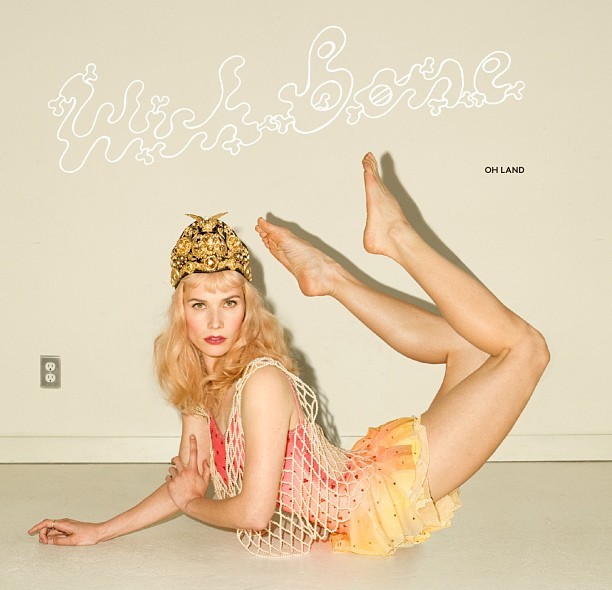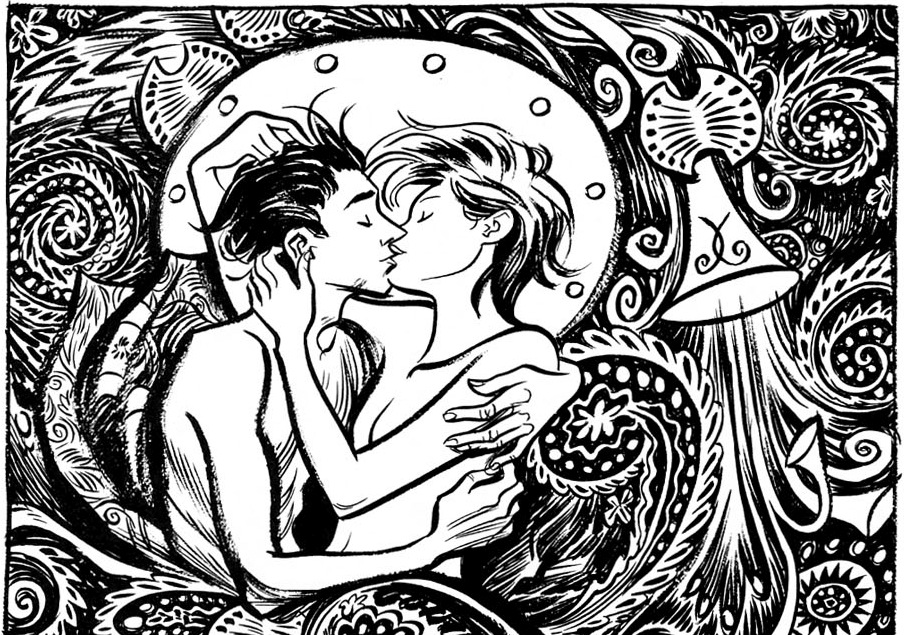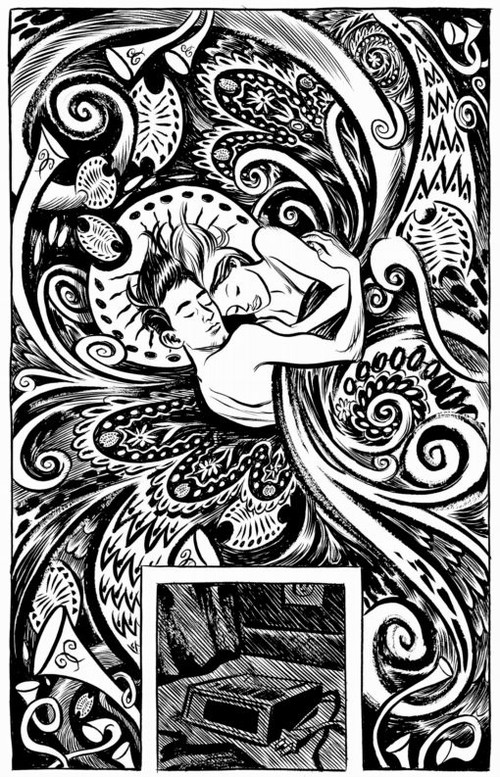Indian music changed in 1992.
It’s fairly obvious that every musical milestone since that year has had one man’s shadow looming large over it. From the sheer de-genrification of film music; the price of audio cassettes – it was Rahman’s Rangeela that pushed the price point to Rs 30, and then Hindustani to 32, and so on; the prominent display of the music director’s credentials in the publicity stills for films; a new generation of fresh, unconventional voices; an infusion of musical trends that were several levels above copying the latest Billboard Top 20 hit; even the move from cassettes to audio CDs, A.R. Rahman and his music has influenced Indian Film Music like no one before him. A lot of people would disagree – hey, individual opinion and all that – but if your ears cannot detect the difference between pre-Rahman film music and what came after Roja, our discussion is pretty much moot.
Over the years, Rahman’s contemporaries have picked up and internalized the superficial aspects of his musicmanship – the use of technology to layer sounds and to smoothen the harsh edges of any voice or instrument, the melding of a Western ensemble with a traditional lead instrument, employing sequenced bass and drumlines. The older guys – Anu Malik, Nadeem-Shravan ( when they were still around), Jatin-Lalit – they quickly came up to speed with the changing aural taste of the populace, employing the help of resident techmeisters – Tabun Sutradhar, Ranjit Barot et al- to polish their tunes and add that extra vim to their otherwise humdrum compositions. The new guard that followed – Shankar-Ehsaan-Loy, Vishal-Shekhar, Pritam, Harris Jeyaraj – took the template that Rahman had perfected over the decade, and applied it everywhere. What this has wrought is – sometimes, these people can out-Rahman Rahman, using just the right kind of orchestral flourishes with saccharine-sweet tunes, perfectly blending east and west into a musical muesli. Music that is gelatineous, easily-digestible; tunes that run through your brain, find its pleasure centers, hit the right neurological spots; songs that exist for the few weeks they run on the telly, and are then vaporized by the next aural offering on the air. They are, and then they aren’t.
So that brings me to the question that’s been bothering me for quite sometime – what’s next?
Rahman’s obsession with aural perfection continues, his newer soundtracks going boldly where no Indian composer has gone before. On a good day, ARR’s musical skill is unparalleled, his proficiency at his craft, the way he is attuned to an evolutionary sound that must meet a particular standard he has set for himself – all of these are beyond doubt or question. The man has proved himself over and over again all these years, and it would nearly be criminal to assume that his well of creativity is about to dry up anytime in the future. But this unrelenting obsession with crystal-clear sound – what does it lead to? What will a film song sound like in ten years?
In some ways, the fall-out of the Rahman Age of Music is the antiseptic nature of the musical package we hear around us. I hear the sheen of the voices, the precise cutoff of the violins, the perfectly looped beats, the synthetised warmth of the pads embellishing the music with pleasant chord progressions in the background. An example – listen to the title track of Rang De Basanti, where Daler Mahendi’s robust earthy voice is jostled playfully by Chitra’s tinkly pitch, punctuated with a multitude of Punjabi-sounding “aha”s. But listen again, a little carefully. The beat of the dhol is incessant, yet non-intrusive. The notes on the thumbi are flawless. The pads, when they come in, round off the song excellently.The song is bubbly, it makes you want to dance, but it’s manufactured in such a way that it evokes the spontaneity of a Max Martin number. Martin, for the uninitiated, is a Swedish music producer who provided the trademark sound for a number of Britney/Backstreet Boys/NSync albums in the early nineties.
One of the Ramones ( just went and checked, it was Tommy, the drummer) once made a comment in an interview about how, following the musical innovations of the 60s, the scene was inundated with a number of wannabe Jimi Hendrixes, none of whom could match up to the legend. What they ended up with was endless guitar solos – and punk rock came out as a reaction to that, the need to have pure, stripped-down version of rock n’ roll. This new music did not just distance itself from the Hendrix-Beatles-school of virtuoso guitar-and-word-play, it pissed all over it and created something completely new.
The more I think about it, the more I see Amit Trivedi, member of a little-known band called Om and a new entrant to the Indian film music scene as the next logical progression of Indian film music. He’s just two films old, but those two – and a couple of stray songs in private albums here and there – are enough for me to arrive at that conclusion. The first time I noticed Amit Trivedi’s music – without knowing it was by him – was when I heard a song sung by Indian Idol-winner Abhijit Sawant. Sawant had previously released a generic, yawn-inducing album as part of his Sony/BMG contract, and when the trancey Junoon’ began to play on TV, it was like hearing a different person altogether. There was a husky undertone to his voice, and a feel hard to describe in words – like the guy knew how good the composition was, and was giving it a personality that it deserved. The song made use of the distortion guitar as a new-agey, post-rock-flavored instrument; the 4/4 beat, played on a classic drum-kit, was almost classic rock n’ roll, and the intoxicating, rhythmic lyrics pushed it into squarely into the genre we call Sufi rock. I assumed that the composer was Mithoon, an up-and-coming composer specializing in importing Pakistani music into the Bhatt camp by the barrel, and almost concluded that it was another of those imports.
A friend went and watched Aamir, a film that ran for a long time in local theatres, getting good crowds and favorable press. To my surprise, she went to Music World during lunch the next day, and bought the soundtrack. “That good?”, I asked, and borrowed it off her after she ripped the music to her laptop. After forgetting all about it for a few weeks, I finally took the CD out of my bag and gave it a listen. And another. Brilliant, unconventional songs. Voices rawer than sushi in an authentic Japanese restaurant. ( I suck at analogies, thank you ) That’s when I was first astounded by Amit Trivedi and his musical choices. ‘Haara’ and ‘Chakkar Ghumyo’ are songs that Trivedi sang himself, in a voice that, I shit you not, oozes with unselfconscious chutzpah. Make of that what you will. I saw the film, my respect-o-meter went all the way up to eleven. The slightly irritating tics in the music – like a particular drum riff in the song ‘Haara’ that got on my nerves – actually made sense in the way they were introduced and used in the songs in the context of the visuals. – ”Haara’ ended up giving me the goosebumps. Obviously, the low-budget trappings of Aamir ensured that both the film and its music were little-known gems of 2008.
Obviously, it’s the eighteen-track genre-mashup called Dev D that has brought Amit Trivedi to the forefront of the music scene, a universe removed from composers churning out disposable Soni-mahiya pap. Dev D has its own share of Punjabi numbers, but it’s a far cry from the pop bhangra that tries to pass off as the real thing in film music. Trivedi has Labh Janjua, a singer primarily known for the chartbusting Mundian Toh Bachke Rahe and a number of stray songs in Hindi films in 2007-08, sing a rollicking bhangra number (‘Hikknaal’ ) and a song (‘Mahi Mennu’) that has two versions – a primarily vocal track, and the other a raucuous beatfest that throbs with a primal energy of its own. Shilpa Rao’s dulcet vocals glide over ‘Dhol Yaara Dhol’ ( the song apparently got Trivedi his gig with Anurag Kashyap, who in turn introduced him to Rajkumar Gupta, the director of Aamir ), and a multitude of unknown voices – Aditi Singh Sharma, Toshi, Joi, Anusha Mani – proceed to shower your aural senses with a plethora of musical wonders. Trivedi and his voice take centre-stage in some of the most entertaining songs I’ve heard in a long time – ‘Duniya’, ‘Aankh Micholi’, ‘Saali Khushi’ and ‘Nayan Tarse’ are not songs that hit your pleasure-centers immediately. They sound and feel rough, woven out of homespun cloth; the very antithesis of your typical Rahman song that evokes satin and velvety down. The beginning of ‘Duniya’ in particular is a complete assault on your average film-music mind, where Trivedi mixes the sound of an accordian ( or is that the much-maligned harmonium?) with a caterwauling chorus. The drums kick in with the frenzy of a demented 12-year old, tripped up on crystal meth. Trivedi layers his voice over and over in his own songs, adding interesting – often debauched – counterpoints to the lines he spits out. (Note for instance, how the second disembodied voice says “Zindagi” after every line in ‘Aankh Micholi’, almost as if it’s struggling to find the correct scale to latch on to, and manages to, but just barely) Bereft of slickness, artificial sweeteners, or familiar musical cues. Raw.
It’s not as if Trivedi’s music is completely rough and earthy, far from it. The two Dev-Chanda themes, one a whistling melody backed by delicate piano tinkles, the other a playful scat with the male and female vocalists complementing each other, as a mandolin trills in the background – are examples of how ethereal the soundtrack becomes at times. The first of these themes beautifully segues into ‘Dil Mein Jaagi’ by Anusha Mani, with shades of orchestral music and the opera. Much has already been said about the two versions of the song with possibly the catchiest title of the decade, and everybody and his uncle has seen and heard the surreally-shot ‘Pardesi’. The one track that hits the pleasure centers from the first second is Shruti Pathak’s ‘Paayaliya’, its vocal percussion gelling splendidly with the veena, the song a brilliant blend of east and west.
With two films down, both with directors who seem to know exactly what they want, it’s probably too early to make a sweeping statement about Amit Trivedi’s career. So far he’s been in his comfort zone, working in close collaboration with lyricist Amitabh Bhattacharya, experimenting with fresh voices, doing his own thing. It’ll be interesting to see how his style – if you can call it that, at this stage – evolves with his subsequent offerings. Will he sustain the manic energy in his sophomore album? A lot depends on the films he signs – I can see him carve a niche for himself with gonzo directors like Kashyap. A true test would be a Yashraj Productions film, a cinematic house that has reduced S-E-L, Vishal-Shekhar and Salim-Sulaiman to interchangeable drones.The Next Big Thing in Indian Film Music? Rahman 2.0? Only time will tell. He’s the only composer after AR Rahman who’s excited me so much ( Vishal Bharadwaj, technically, is not just a composer) and hopefully I’ll be following his career with interest in the years to come.


